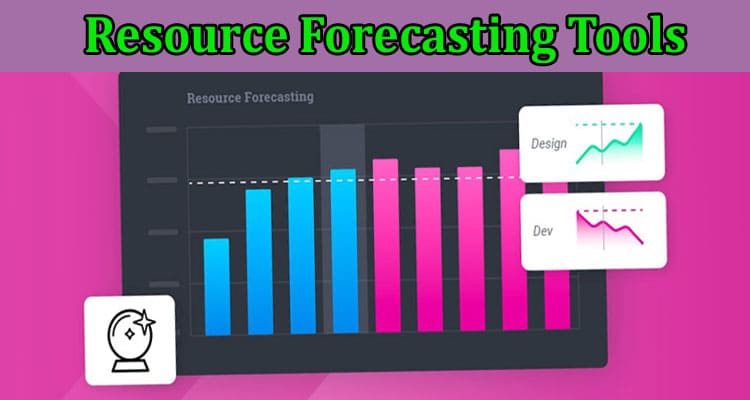In today’s increasingly complex business environment, the ability to accurately predict the needs of your organization is a crucial part of achieving operational efficiency. One of the most powerful tools available to managers to aid in this predictive capacity is resource forecasting. Resource forecasting can be a game-changer in every business aspect, improving operational agility and competitiveness. In this article, we will delve into the various benefits of using forecasing tools and how they can help your organization thrive.
The Power of Precision
One of the most evident advantages of using resource forecasting tools is the level of precision they offer. These tools use sophisticated algorithms to analyze historical data and predict future resource requirements. This high degree of accuracy in forecasts decreases the risk of over or under-utilizing resources, resulting in significant cost savings for the organization. Using these tools allows managers to make informed decisions about resource allocation, helping improve productivity and efficiency.
In addition, forecasting tools also enable managers to identify patterns and trends in resource usage. This can be particularly beneficial in industries where resource needs fluctuate seasonally or based on market demand. For instance, a retail company may notice a surge in demand for certain products during the holiday season. By analyzing this trend using forecasting tools, the company can better plan for this increased demand, ensuring they have adequate resources to meet it.
Enabling Proactive Management
Forecasting tools also enable organizations to be more proactive in their resource management. Rather than simply reacting to changes in demand or supply, these tools allow managers to anticipate these changes and plan accordingly. For example, if a forecasting tool predicts a spike in demand for a particular product, the organization can increase production ahead of time, ensuring it can meet this demand without disrupting operations.
Proactive management also means that organizations can avoid the stress and costs associated with last-minute scrambles for resources. By having a clear picture of future resource needs, organizations can secure necessary resources well in advance, avoiding potential supply disruptions. This not only improves operational efficiency but also contributes to a smoother, less chaotic workflow.
Improving Stakeholder Communication
The use of forecasting tools also has the potential to improve communication with stakeholders. By providing precise, data-driven forecasts, these tools can make resource management more transparent and understandable. This can be particularly beneficial with clients or shareholders, who may appreciate having clear, quantifiable data on how resources are being managed and allocated. Moreover, having reliable forecasts at hand can help managers confidently communicate about the organization’s resource needs and plans, further enhancing stakeholder relations.
This transparency also extends to internal communication within the organization. By clearly sharing forecasts and resource plans with team members, they can better understand the objectives and challenges the organization is confronting. This transparency can also empower team members, enabling them to contribute to resource management proactively.
Driving Innovation and Future Proofing
In an increasingly competitive and dynamic business environment, the ability to innovate and stay ahead of the curve is crucial for sustained success. Forecasting tools can play a key role in driving this innovation. By providing accurate and insightful forecasts, these tools can help organizations identify new opportunities for growth and improvement.
Furthermore, by accurately predicting future trends and changes, these tools enable organizations to future-proof their operations. This could mean diversifying their resource base, investing in new technologies, or adapting their resource strategies to suit anticipated market changes. Either way, the use of forecasting tools can ensure that organizations remain resilient and adaptable in the face of change.
Expanding Scalability and Flexibility
As businesses grow and evolve, their resource needs often change. Managing these evolving needs can be challenging, but forecasting tools can provide essential support. These tools can scale with the organization, offering increasingly detailed and sophisticated forecasts as the business expands. This scalability means that as the organization grows, resource management remains efficient and well-coordinated.
Likewise, these tools offer the flexibility to adapt to the organization’s changing needs. They can accommodate changes in operational processes, market dynamics, or organizational structure. This flexibility ensures that regardless of the changes or uncertainties an organization faces, its resource management remains secure and effective.
Altogether, effective resource forecasting is not just about predicting the future, it’s about preparing for it. By utilizing forecasting tools, businesses can make proactive, data-informed decisions that lead to increased efficiencies, competitive advantage, and long-term growth. Overall, forecasting tools provide a valuable way for organizations to strategically manage their resources, enabling them to not just survive but thrive in today’s fast-paced business landscape.

